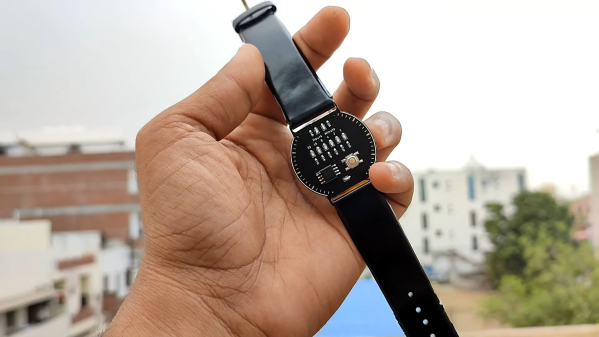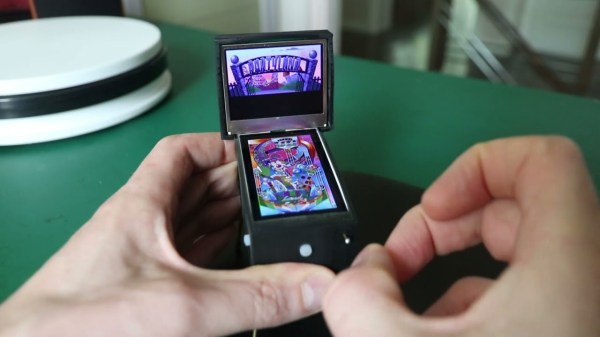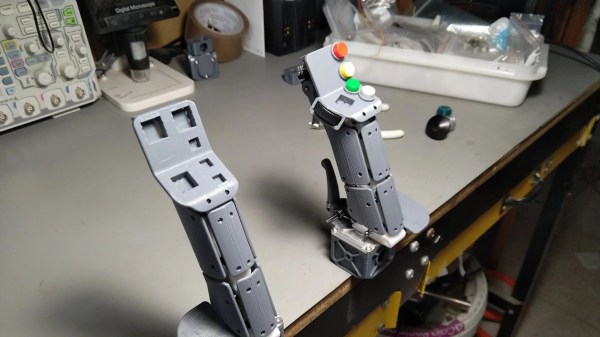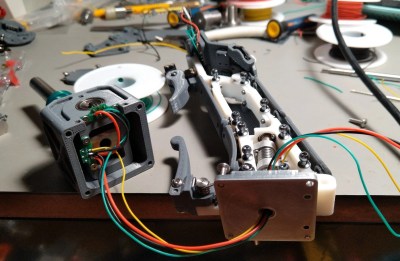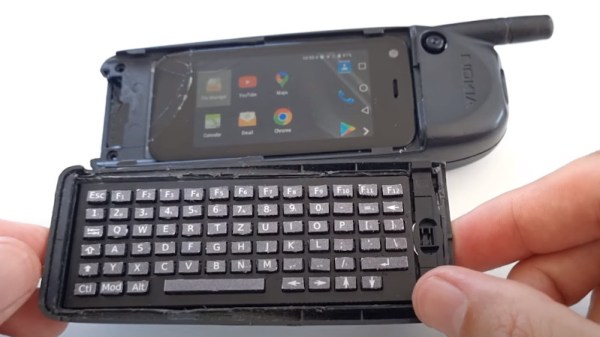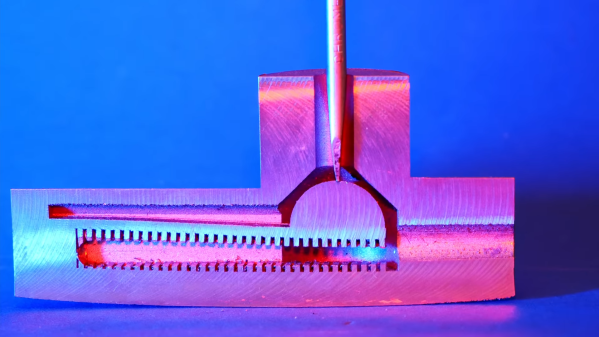There are many ways to tell the time, from using analog dials to 7-segment displays. Hackers tend to enjoy binary watches, if only for their association with the digital machines that seem to make the world turn these days. [Vishal Soni] decided to build one of their own.
It’s a straightforward design, that uses six bits to show the time. A red light is illuminated at the top of the watch to indicate the watch is showing minutes, and these are displayed in binary on the six blue LEDs below. Then, the watch indicates it is showing hours, and again uses the six blue LEDs to show the relevant number. Continue reading “Simple Binary Watch Uses A PCB Body”

